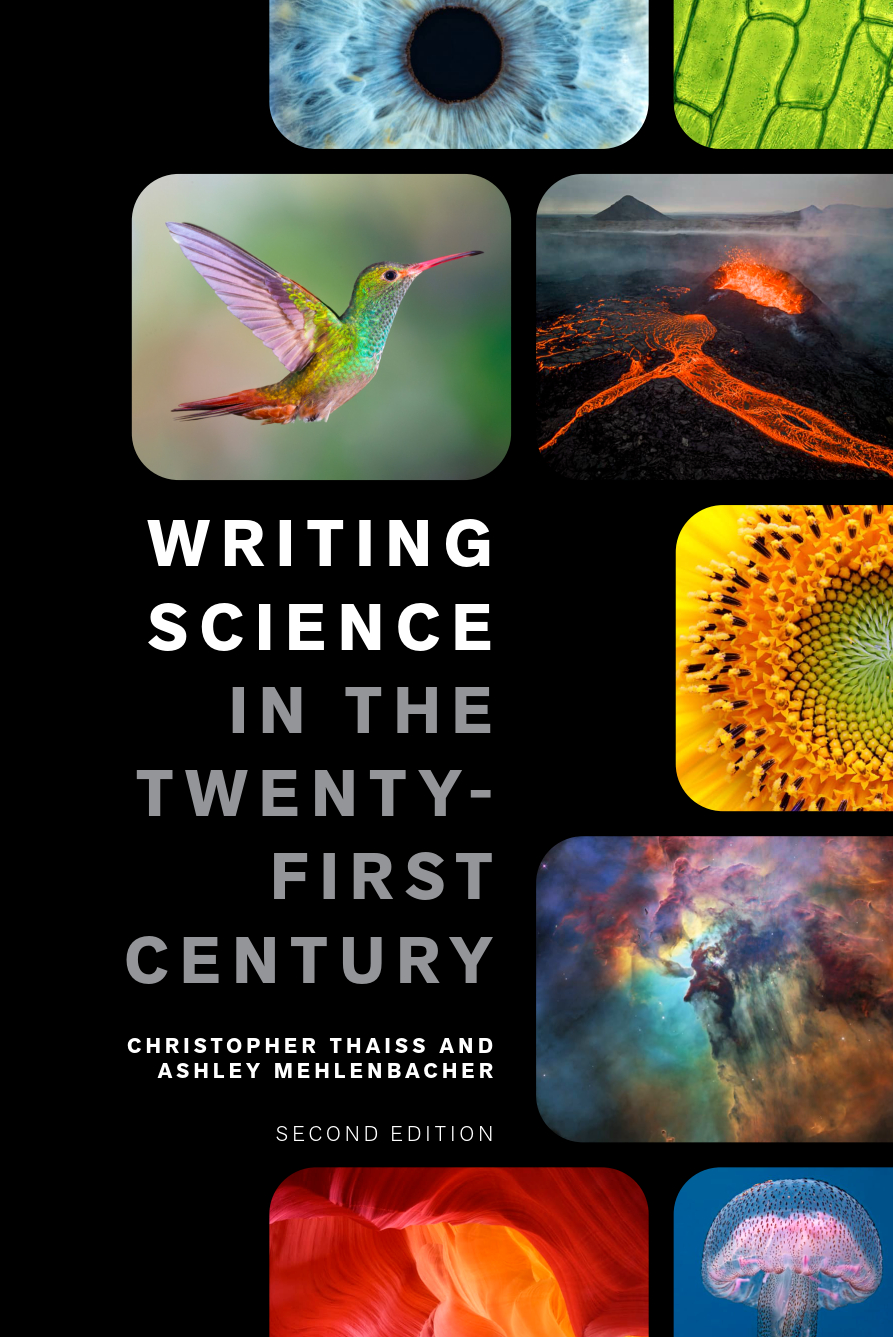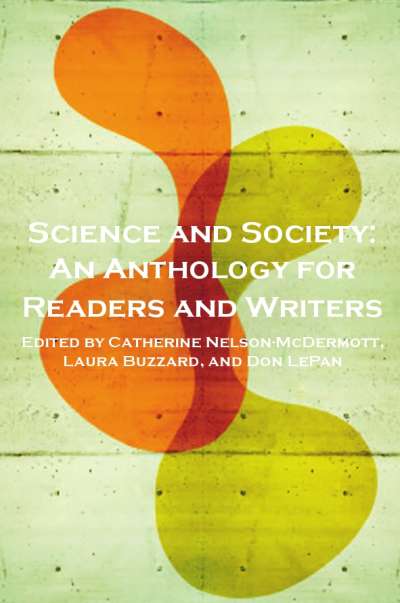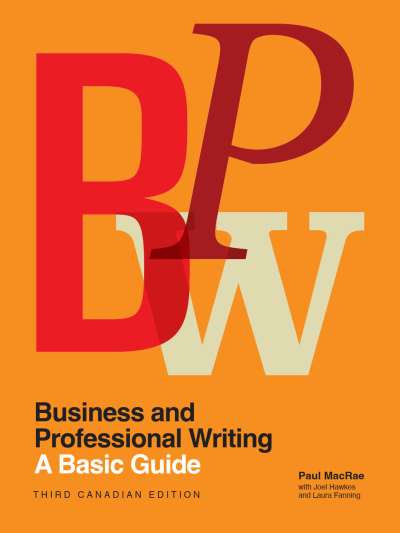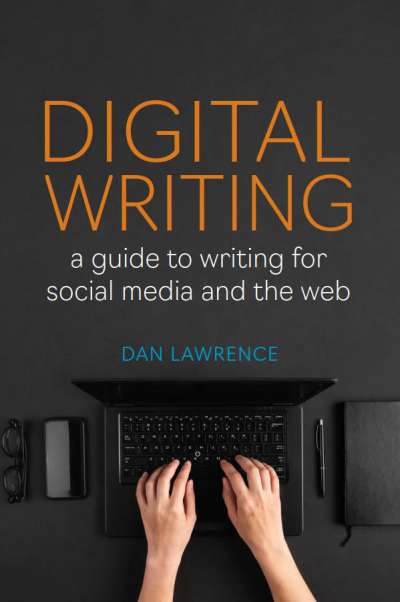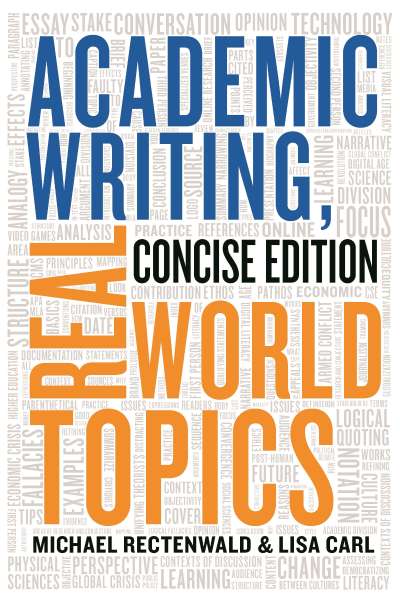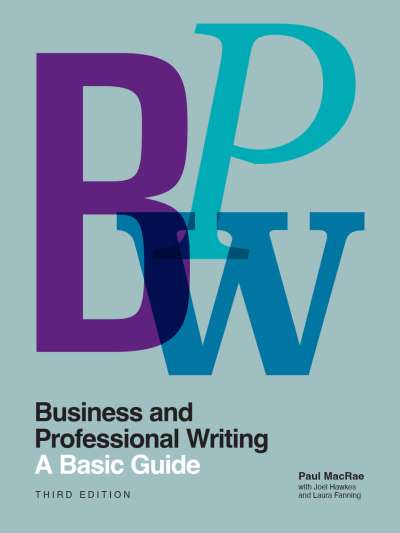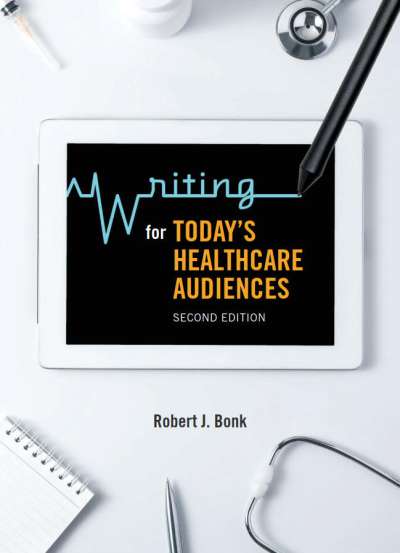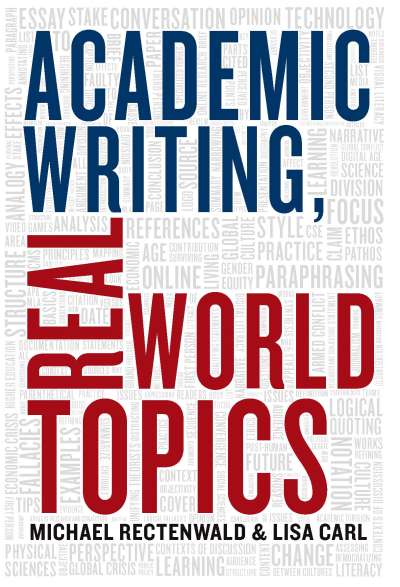Good science deserves good sentences, not just correct ones.
Concise and current, Writing Science in the Twenty-First Century provides practical strategies for a wide range of scientific writing tasks. The authors use a systematic rhetorical approach and plentiful examples from multiple disciplines, preparing students in all STEM fields to write and speak with confidence, accuracy, clarity, and persuasive impact.
This extensively revised second edition features integrated coverage of AI throughout, introducing tools and strategies for using it both ethically and effectively. New material addresses the growing challenge of communicating science in public contexts, and exercises—already a strength in the first edition—have been expanded, offering writers more chances to apply key concepts to their own writing.
Comments
“The second edition of Writing Science in the Twenty-First Century builds upon the proven strengths of the original while masterfully addressing today’s rhetorical challenges facing STEM communicators. The revision thoughtfully tackles contemporary realities: generative AI’s impact on scientific writing, the expanded definition of writing to include multimodal communication, and the critical need for scientists to engage broader publics. Having used this text extensively, I can attest that students consistently develop more sophisticated awareness of audience needs and communication strategies. This collaboration has produced an indispensable resource for anyone serious about effective STEM communication.” — Chris Muniz, University of Southern California
“I have used Writing Science in the Twenty-First Century as a foundational text in my STEM writing courses for several years. It stands out among other STEM writing books because it eschews a focus on mere mechanics, instead centering rhetoric as the foundation of good writing…. The second edition maintains the excellent quality of the first, with the same skillful attention to rhetoric, while incorporating meaningful updates, particularly in the chapter on online communication.” — April Mohlmann, University of West Florida
“Writing Science in the Twenty-First Century is a timely and invaluable resource for students and instructors alike. The new edition’s updated examples make complex concepts relatable, while its dedicated, thoughtful discussion on the purposeful use of AI—both the benefits and potential pitfalls—is essential for navigating today’s academic landscape. The second edition is a necessary guide….” — Carrie Wells, University of North Carolina, Charlotte

